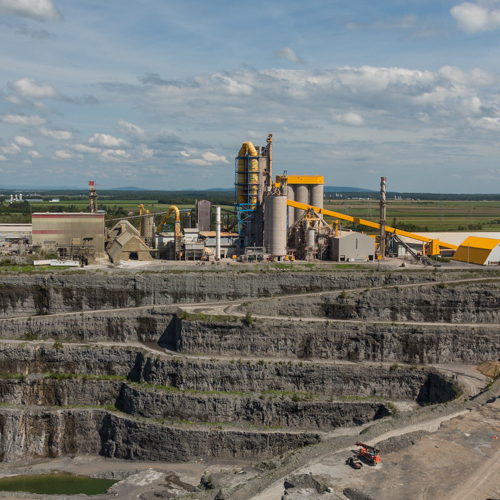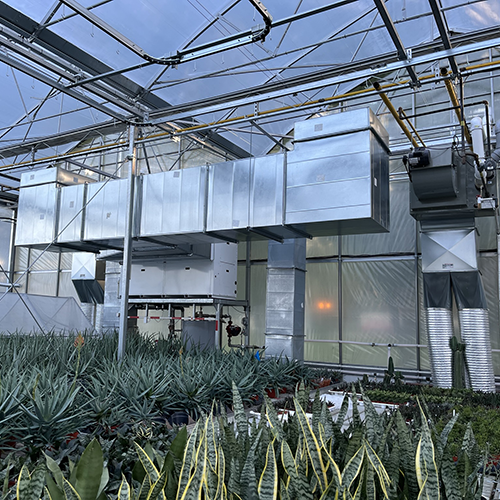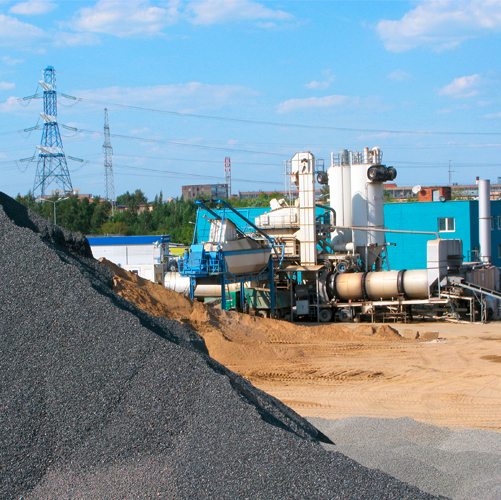Since the 19th century, combined heat and power (CHP) technology has been producing electricity and thermal energy used for heating and domestic hot water needs. Over the years, CHP and its various applications have gained ground and become more efficient. Interest in different CHP technologies—like fuel cells—is growing, especially considering the targets that have been set for reducing greenhouse gas (GHG) emissions. Moreover, many manufacturers are now diversifying their offerings with low-capacity models, so an increasing number of projects are using these technologies in North America and Europe. But beyond all of this, how is CHP being used today?
A few definitions
CHP systems are made from the following components:
- A heat engine (prime mover)
- A generator
- A heat recovery system
- Electrical interconnections
The heat released is used to produce steam or hot water. Ideally, end users must have a steady demand for both electricity and thermal energy.
As for the prime mover, different technologies can be used:
- Internal combustion engines
- Gas turbines
- Steam turbines
- Microturbines
- Fuel cells
Each technology has its own limitations in terms of application, cost and performance. The following table provides an overview of each prime mover:
| Technology | Advantages | Disadvantages | Capacity | Overall performance |
| Internal combustion engine | Fast start up | High levels of low frequency noise | < 60 MW at low speed | 77 to 80% |
| Gas turbine | High-grade heat available | High-pressure natural gas | 500 kW to 300 MW | 66 to 71% |
| Steam turbine | Long working life and high reliability | Slow start up | 50 kW to several hundred MWs | Almost 80% |
| Microturbine | Compact and light | Low-temperature heat recovery | 30 to 250 kW | 63 to 70% |
| Fuel cell | Modular design | High cost | 5 kW to 2 MW | 55 to 80% |
Table 1 – CHP technology advantages, disadvantages and characteristics1
Depending on the type of project, there are multiple benefits:
- Economic
- Lower energy costs
- Increased productivity
- Improved energy efficiency
- Performance
- Lower risk of power outages
- More reliable power supply
- Less pressure on the distribution network
- Environmental
- Reduced emissions of air pollutants, including GHGs
Calculating CHP performance
There are many ways to determine the energy efficiency of a CHP system. One way is to compare the efficiency of a separate heat and power (SHP) system using a traditional generator and boiler with that of a CHP system.
Another method is to assess fuel utilization effectiveness (FUE). This involves comparing the ratio of net electrical output with net natural gas consumption. Net natural gas consumption is gas consumption minus the portion of fuel dedicated to producing the thermal energy used for hot water or steam production (usually with a boiler).
Projects that get attention
Many CHP projects are in development in the agri-food processing sector. In addition to increasing their energy performance and reducing their environmental footprint, plants using CHP now have a more reliable and independent energy supply.
In 2015, Campbell Company of Canada set up a 4.6 MW system in Ontario that is capable of producing 90,000 pounds of steam. The system meets nearly 95% of the plant’s energy needs. The company paid back its investment in four years thanks to the low cost of natural gas, the high cost of electricity and financial support.
In the United States, New York’s Manhattan Beer Distributors installed a 600 kW system to compensate for the local electrical distribution company’s low supply capacity. In 2012, it only had to halt operations for 24 hours during Hurricane Sandy, when all its neighbours went without electricity.
The Lake District Creamery, owned by First Milk (the United Kingdom’s leading dairy cooperative), has installed an integrated energy system that included a CHP unit. Cheese residues are processed to produce biogas, nearly 80% of which is then converted to biomethane before being sent to the natural gas distribution network. The rest supplies a CHP unit that powers and heats the plant. The combination of CHP and biomethane optimizes and adds value to energy production and use.
What’s going on in Québec?
Québec recently allowed the installation of emergency natural gas generators under certain conditions (see Informatech Volume 31, number 1, February 2017). This is an interesting option for those looking to replace diesel generators. Thanks to the low cost of natural gas, the generator can lower power demand by a few hours each year during peak winter periods. The resulting thermal energy can also heat the building. Depending on the application, CHP’s overall efficiency can be better than natural gas heating. More and more Québec-based businesses are looking into this solution. While electricity costs are low in Québec, some clients are interested in reaching a certain degree of energy independence.
Innovation: Fuel cells and micro-CHP
Because they help reduce air pollutant emissions, fuel cells are still relevant. Many companies even offer devices powered by natural gas, biogas or hydrogen produced from natural gas.
In Woodbridge, Connecticut, a high school has installed a 2.2 MW fuel cell. Thermal energy generated by the fuel cell is used to heat the school and to produce domestic hot water, while the rest supplies the city’s microgrid.
Between 2014 and 2016, France’s GRDF successfully piloted a system that combines a generator with a fuel cell, condensing boiler and water heater. Thanks to this system, residential and commercial buildings can be energy independent. The three buildings involved in the pilot project saved 60% on electricity.
In addition, European boiler manufacturers now offer 12 to 500 kW CHP units, which can be over 90% efficient. CHP modules can be installed in boiler rooms with boilers and water heaters to optimize energy production and cost. Along with solar panels and biomethane, natural gas can be used to develop energy independent, efficient and sustainable projects.
Marie-Joëlle Lainé, Eng., CEM
Advisor, Technologies and Energy Efficiency, DATECH, Gaz Métro
1: Catalog of CHP Technologies, U.S. Environmental Protection Agency, Combined Heat and Power Partnership, March 2015
![]()
Continue reading








